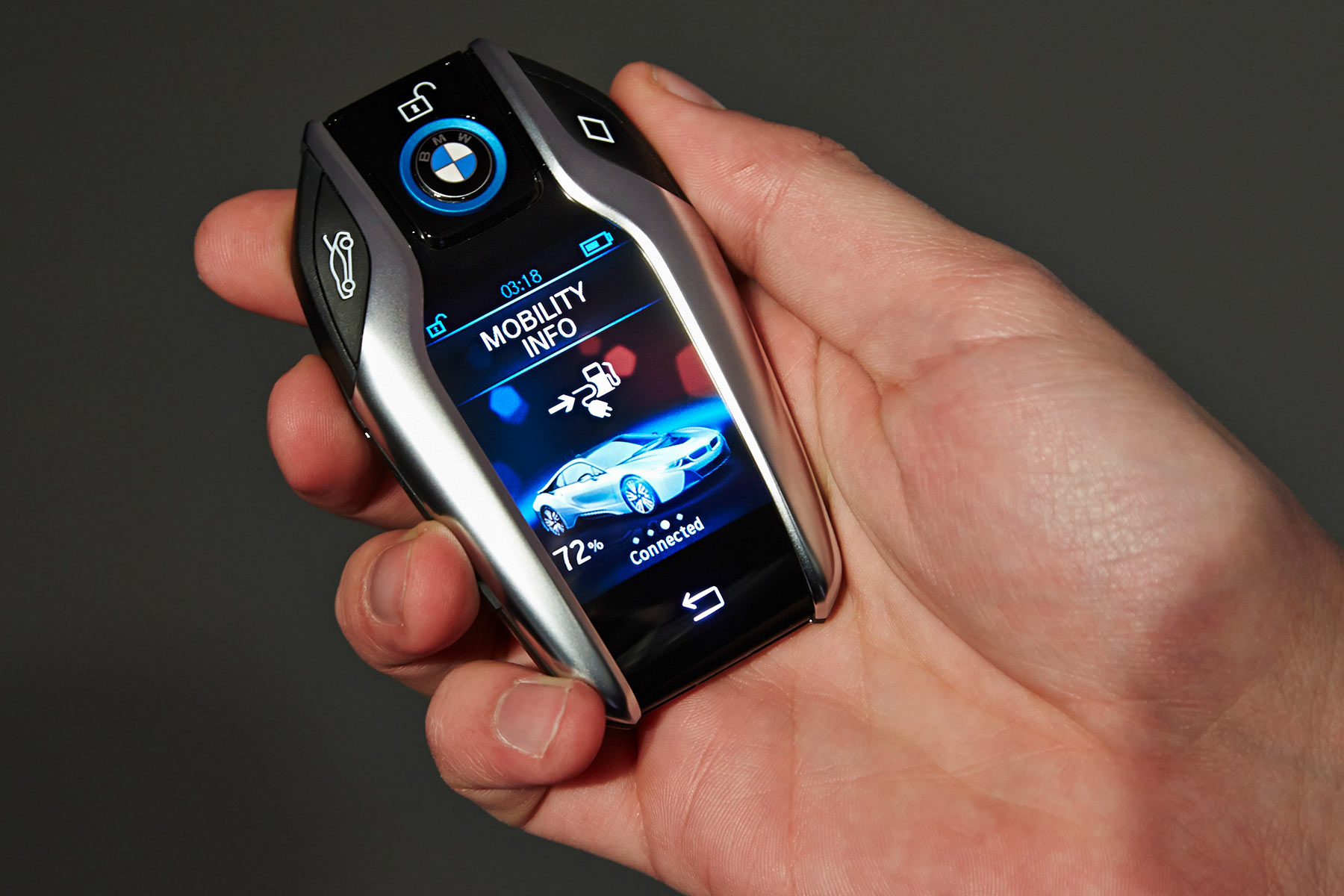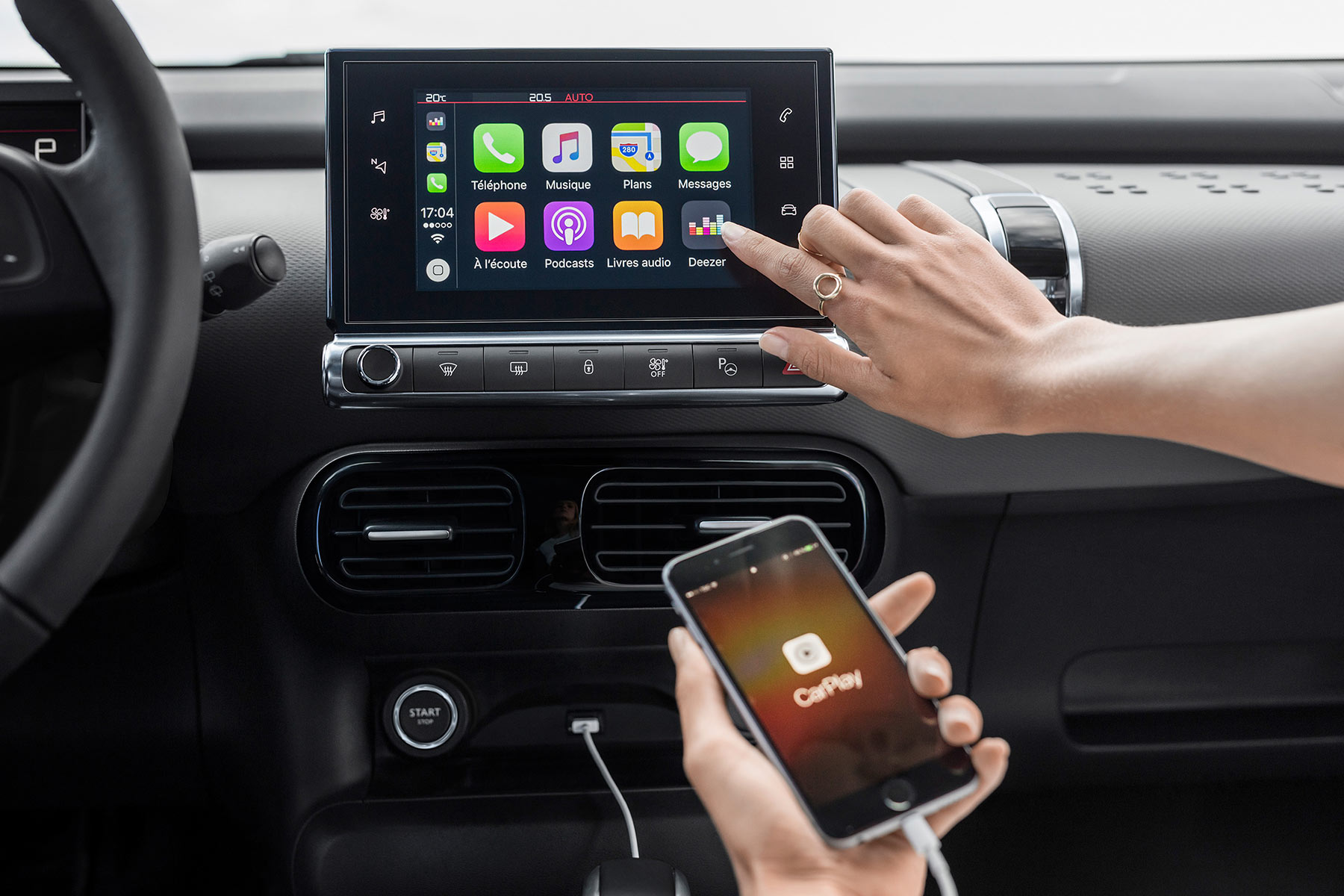
When car technology makes the national news, it’s rarely attached to a positive story. The release last week of footage featuring a new luxury car being stolen with ease, due to its keyless entry system, will have caused pangs of worry for those with similar cars. And although news of the ‘relay theft’ method had been raised previously, seeing it occur on video makes it much more real.
Before this came to light, paranoia as to whether the keyless system automatically locked the car when walking away was possibly the biggest security concern. Not anymore. Modern convenience features like keyless entry are meant to make life easier, but the fear of your car being stolen without criminals even needing the physical keys starts places a question mark over the benefits.
Yes, it might be useful for your car to automatically unlock as you approach – and do the same as you leave – but was a momentary ‘blip’ with a key fob causing consumers such undue hardship? Oh, and there’s also the issue of where to put the typically huge key, in a car now without a receptacle for it.
So while a traditional central-locking key might have been mildly inconvenient, at least it didn’t allow criminals to quietly remove your car from your drive. Or leave a questionable bulge in your pocket.
A touchy subject

The widespread adoption of touchscreen multimedia systems has allowed manufacturers to cram controls for multiple systems into one place. It’s eliminated the need for countless buttons, letting designers create impressively minimalist interiors. But they cause multiple challenges for drivers.
Combine a modern vehicle featuring stiff ‘sporty’ suspension with a touchscreen system, and changing settings becomes more akin to ‘pin the tail on the donkey’ than a seamless user experience. It’s notable that although controllers like BMW’s iDrive were derided when new, they are often still the preferred solution in premium machines – offering the benefit of direct feedback between driver and car.
Voice command is mooted as a solution to fiddling with buttons or scrolling through touchscreens or media menus. And the latest systems have progressed a long way, with the ability to recognise and learn individual accents.
Yet voice commands are still far from infallible, and often add multiple steps to confirm even simple actions, making them less efficient than using steering wheel-mounted controls or dashboard buttons. It risks being a gimmick that drivers might try once, then never use again.
Conversely, our love for – and reliance on – satellite navigation may become a distracting obsession. A number of high-profile accidents, caused by drivers either paying too much attention to sat nav units, or slavishly following them into danger, demonstrates the pitfalls. That the Driving & Vehicle Standards Agency has felt the need to update the driving test to include taking direction from sat navs also illustrates the importance of the issue.
It might also show how slowly the wheels of bureaucracy turn, given that standalone sat navs, like those included in the driving test, are becoming obsolete due to smartphone-based apps. Whatever type of sat nav is used, it has arguably made visiting new destinations simpler, even if it has created other problems as a result.
Sensitivity training
Unintended consequences have also created new cars reliant on parking sensors and cameras, as modern vehicle designs create blind spots and hamper visibility. With protruding noses to meet crash-test requirements, plus pillar-box-like rear windows as a by-product of sweeping rooflines, cameras and sensors are almost mandatory for manoeuvring many new cars.
This might well be a successful case of using technology to solve a new problem. Nevertheless, it makes drivers reliant on features to undertake basic tasks that millions managed unaided for decades.
Internet of things
Tesla has been praised for the use of over-the-air software updates, meaning tweaks and changes can be made to cars without the need to visit a dealership. This has even included adding an ‘Insane mode’ to performance versions, but also other operating system tweaks such as updating maps – or even the range of adjustment on the headrests.
It again marks Tesla out as having more in common with a tech company, rather than traditional car manufacturer. Using over-the-air updates will be familiar to anyone who owns a smartphone, even if it does bring an inevitable lack of familiarity when a new operating system changes things overnight.
The practicality of fixing flaws and problems without needing to take a car to a dealership is unquestionably a benefit. However, it also opens the possibility for companies to dishonestly cover their tracks. Imagine a ‘dieselgate’ situation, where purely over-the-air software changes could have been used to make all cars compliant with legislation, and the temptation becomes apparent.
The march of new car technology is not going to stop, and the rise of autonomous abilities will make future cars ever more complicated. In itself, this doesn’t have to be a bad thing, and a self-driving destiny has the potential to make commuting and city driving substantially easier.
However, engineers, designers and marketing staff need to ensure they put making the lives of those buying cars easier and safer as priorities. Pointless gimmicks, or technology that is fatally flawed, will do little to make buyers ready to trust their car with more advanced driving tasks – including actually chauffeuring them around.